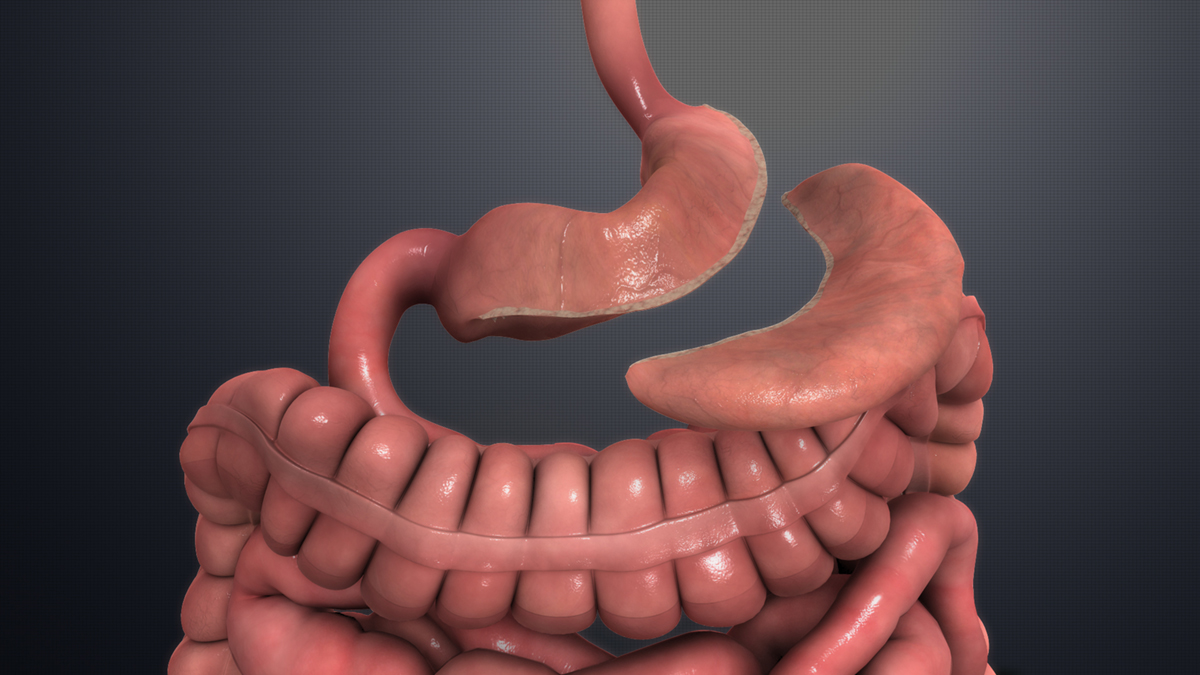
Sleeve Gastrectomy - Overview
Medical procedures such as gastric bypass, gastric band operation, duodenal switch and any other bariatric surgery can be highly efficient for weight reduction in obese people. However, any of the procedures performed in this purpose carry certain risks. One of the bariatric surgeries performed with the same goal is sleeve gastrectomy. This procedure is, according to many surgeons, relatively safe and has not got so many negative effects. Still even this type of bariatric surgery carries certain risks and this is why all the patients who undergo sleeve gastrectomy must be familiar with both, positive effects of the surgery and its potential complications.
Sleeve gastrectomy (also known as vertical sleeve gastrectomy) is generally performed in people whose body mass index is equal or above 40. There are two stages of the surgery. The first one is sleeve gastrectomy and the second one is gastric bypass (duodenal switch). The second stage of the surgery does not have to be performed since desirable effects can be achieved after the first stage of the procedure. Sleeve gastrectomy is not a reversible procedure. It includes stapling of the stomach and the surgeon generally manipulates with the major curve of the stomach. By doing so he/ she reduces the total size of the stomach by 15-35% and the stomach becomes reshaped. Its new shape resembles a tube or sleeve, hence the name of the procedure.
Sleeve Gastrectomy: Complications
Even though it is performed as laparoscopic surgery sleeve gastrectomy carries certain risks.
Leakage is one of the most important complications of sleeve gastrectomy. After a portion of the stomach has been removed its edges are stapled together. In case of increased intra-abdominal pressure the staple line may separate and the content of the stomach may leak. This complication also carries risk of bleeding. Leakage requires additional procedure which strengthens the staple line.
One more possible complication is gastroesophageal reflux. This complication can be connected to reshaping of the stomach.
Gastric fistula is abnormal passage between the stomach and the wall of the abdomen. It occurs in 3-55 of all sleeve gastrectomies and requires surgical repair.
One more problem is narrowing of the stoma, the opening between the stomach and the intestines. It requires either additional surgery or the narrowed part is simply dilated with the assistance of a dilating tube which is inserted through the mouth and down to the stomach.
Sleeve gastrectomy may also lead to hernia and some people may suffer from malapsorption of vitamins and minerals. This is why all the patients are supposed to pay proper attention on intake of food which contain adequate amount of all the nutrients and they are sometimes even prescribed supplements.
And finally, deep vein thrombosis may occur if patients are not active sufficiently after the surgery. This complication is always taken into consideration and timely prevented.
Apart from the previously mentioned complications of sleeve gastrectomy there are several more which are not considered so serious and which tend not occur so often. They include hair loss or hair thinning, mood swings, dryness of the skin and fatigue.







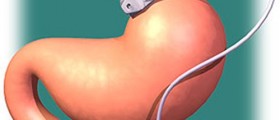
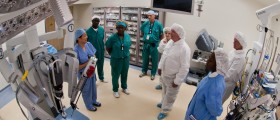
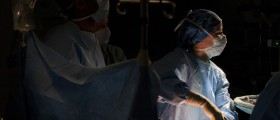



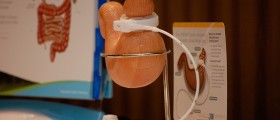
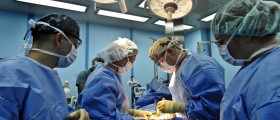

Your thoughts on this
Loading...